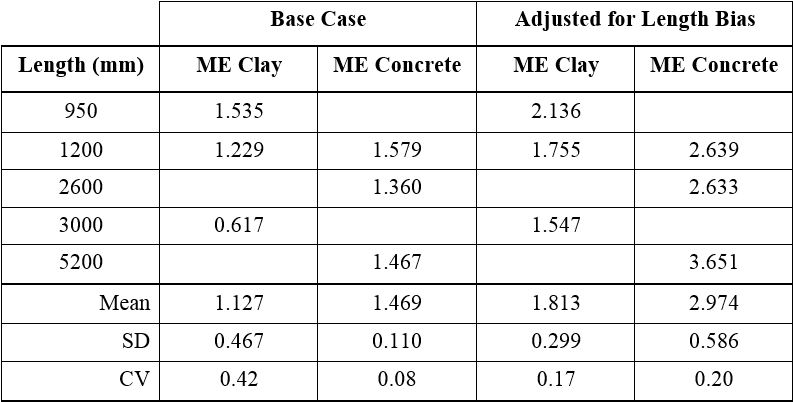S.J. Lawrence1
1 Conjoint Professor, Centre for Infrastructure Performance and Reliability, School of Engineering, The University of Newcastle, Newcastle, Australia, spl@bigpond.net.au
ABSTRACT
The flexural design of sections of masonry spanning vertically with simple supports at top and bottom is usually carried out using simple bending theory and the flexural tensile strength of the material. Simple masonry walls behave in a brittle manner and the flexural strength is known to be highly variable. Simple stochastic analysis can be used to provide an improved behaviour model. The principles of this analysis are outlined. A database of wall test results gathered from around the world is used to examine the ‘model error’ in the simple bending model and shows that there is clear evidence of a size effect, resulting in longer and higher walls having lower strength. It is shown that adjustment of predicted wall strength by the simple stochastic analysis can greatly reduce this bias, producing more consistent estimates of wall strength across a range of lengths and heights.
KEYWORDS: unreinforced masonry; lateral loading; walls; stochastic analysis; design; size effects
C1-4



